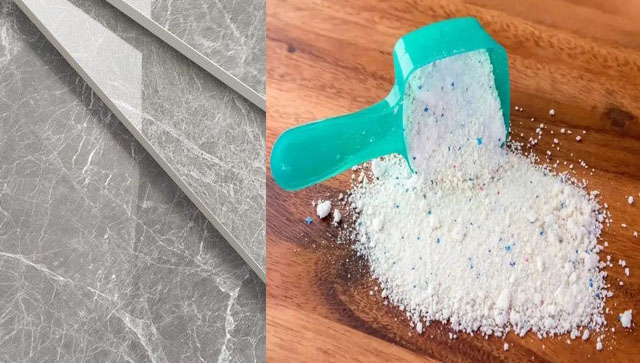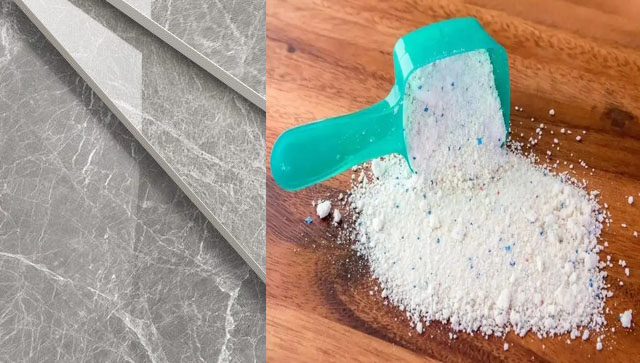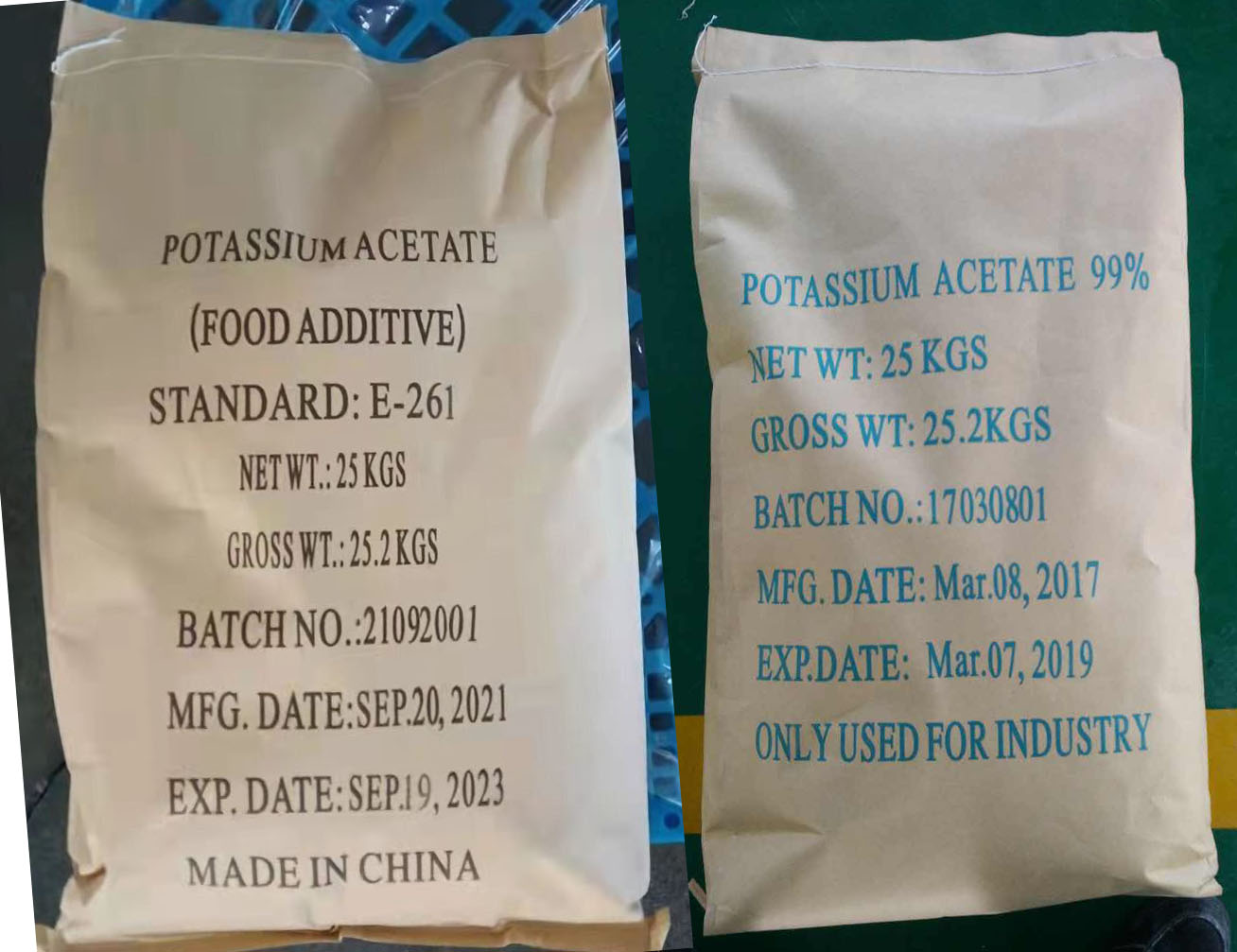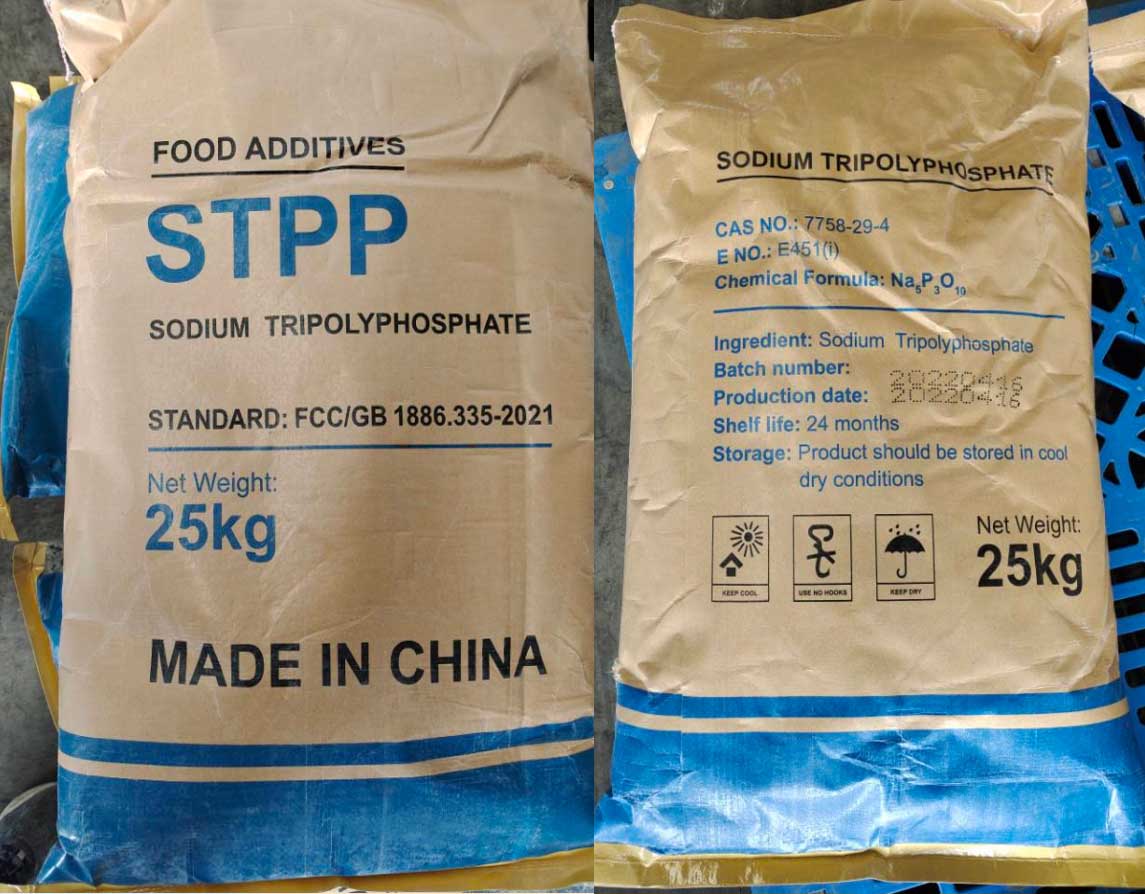Applications of Sodium Chloroacetate
Sodium Chloroacetate (C2H2ClNaO2) is a versatile chemical intermediate used in various industries. Its unique chemical structure, featuring a reactive chloroacetate group, makes it valuable in synthesis and formulation processes. Below are the key application areas of Sodium Chloroacetate:
1. Agrochemical Industry
Sodium chloroacetate plays a critical role as an intermediate in the production of herbicides and pesticides. It is widely used in the synthesis of:
Glyphosate: One of the most important broad-spectrum herbicides used globally for weed control in agriculture.
Phenoxy herbicides (e.g., 2,4-D derivatives): Used to control broadleaf weeds in cereal crops, pastures, and non-crop areas.
Other agrochemicals: Sodium chloroacetate is also a building block for various soil treatment chemicals and plant growth regulators.
Typical Dosage in Synthesis: Depending on the specific herbicide, sodium chloroacetate is used as a starting reagent, and its dosage is calculated based on molar ratios in chemical reactions.
2. Pharmaceutical Industry
In the pharmaceutical sector, Sodium Chloroacetate is an essential intermediate for synthesizing active pharmaceutical ingredients (APIs) and specialty chemicals.
Used in the synthesis of local anesthetics and anti-inflammatory agents.
Acts as a starting material for choline derivatives used in medicine.
Key intermediate for certain antibiotics and synthetic vitamins.
3. Chemical Industry & Organic Synthesis
Sodium Chloroacetate is a key raw material in organic synthesis due to its ability to introduce a carboxymethyl group into molecules. Main uses include:
Production of Carboxymethyl Cellulose (CMC): A widely used thickener, stabilizer, and water-retaining agent in food, pharmaceuticals, detergents, and oil drilling industries.
Synthesis of surfactants: Used in making carboxymethylated surfactants.
Dyes and pigments: Intermediate for producing specific organic dyes.
Synthesis of specialized esters and acids: Important for various fine chemicals and polymers.
4. Water Treatment Chemicals
Sodium Chloroacetate is used as an intermediate in the manufacture of water treatment chemicals, especially for controlling microbial activity and in anti-fouling agents.
5. Textile and Leather Industry
Utilized in textile processing chemicals for fabric treatment and dyeing processes.
Used in leather tanning agents, where it helps modify the surface characteristics of leather.
6. Other Applications
Photographic chemicals: Acts as a component in some photo-processing reagents.
Plastic additives: Used as a precursor for manufacturing stabilizers and modifiers in polymer production.
Research and development: As a chemical intermediate for laboratory synthesis of novel compounds.
Conclusion
Sodium Chloroacetate is a critical industrial chemical with wide-ranging applications, especially as an intermediate in herbicides, pharmaceuticals, surfactants, and CMC production. Its high reactivity and solubility make it adaptable to various chemical manufacturing processes.
Sodium Chloroacetate Specification Sheet
| Parameter | Specification |
|---|---|
| Product Name | Sodium Chloroacetate |
| Molecular Formula | C2H2ClNaO2 |
| Molecular Weight | 116.48 g/mol |
| CAS Number | 3926-62-3 |
| Appearance | White crystalline powder |
| Assay (Purity) | ≥ 98% |
| Chloride (Cl) | ≤ 0.3% |
| Moisture Content | ≤ 0.5% |
| pH (5% solution at 25°C) | 6.0 - 8.0 |
| Melting Point | 195-200°C (decomposes) |
| Solubility | Soluble in water and alcohol |
| Heavy Metals (Pb) | ≤ 10 ppm |
| Iron (Fe) | ≤ 10 ppm |
Packaging Information
| Packaging Type | Specification |
|---|---|
| Standard Packaging | 25 kg/bag (plastic-lined kraft bag) |
| Alternative Packaging | 500 kg/big bag / as per customer requirement |
| Inner Packaging | PE liner to avoid moisture absorption |
| Outer Packaging | High-strength kraft paper bag or woven bag |
Handling and Storage
Handling Precautions:
Avoid direct contact with skin and eyes.
Handle in a well-ventilated area.
Use appropriate personal protective equipment (PPE), including gloves and safety glasses.
Avoid inhalation of dust.
Storage Conditions:
Store in a cool, dry, and well-ventilated place.
Keep container tightly closed when not in use.
Avoid exposure to moisture and direct sunlight.
Keep away from incompatible substances such as strong oxidizers and acids.
Shelf Life:
12 months from production date when stored under recommended conditions.
Safety & Transportation
UN Number: Not classified as a hazardous material under normal transport.
Hazard Class: Non-hazardous for general transport.
HS Code: 29154000 (for customs classification).




